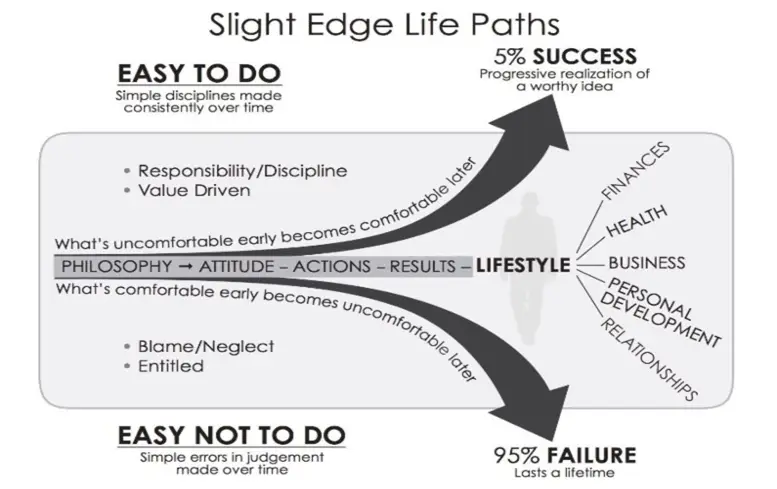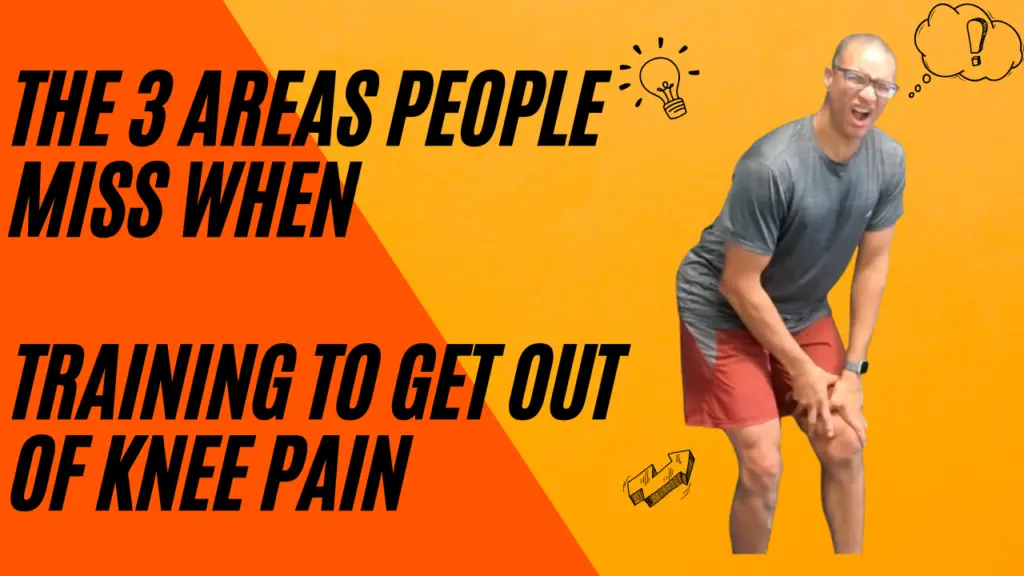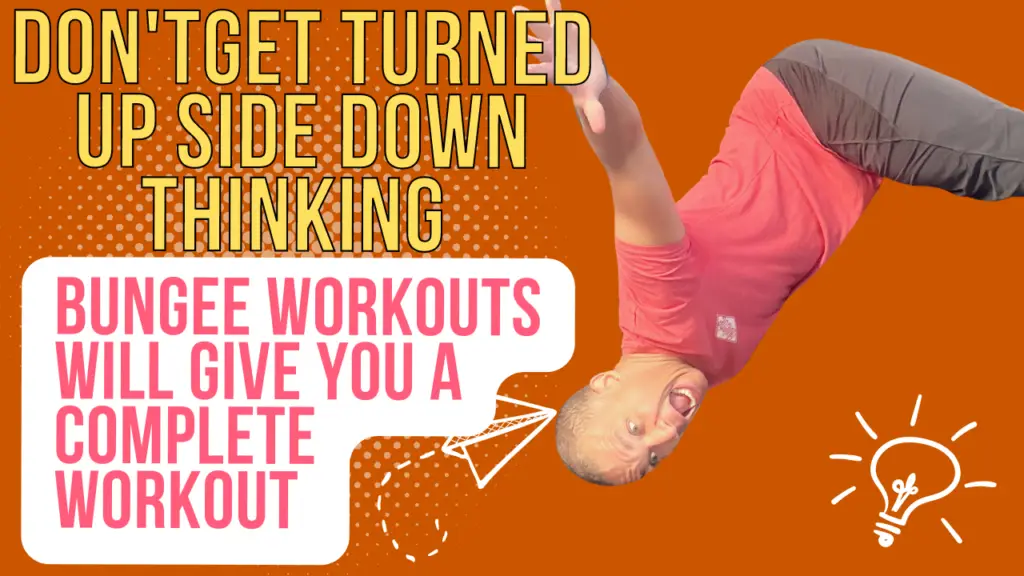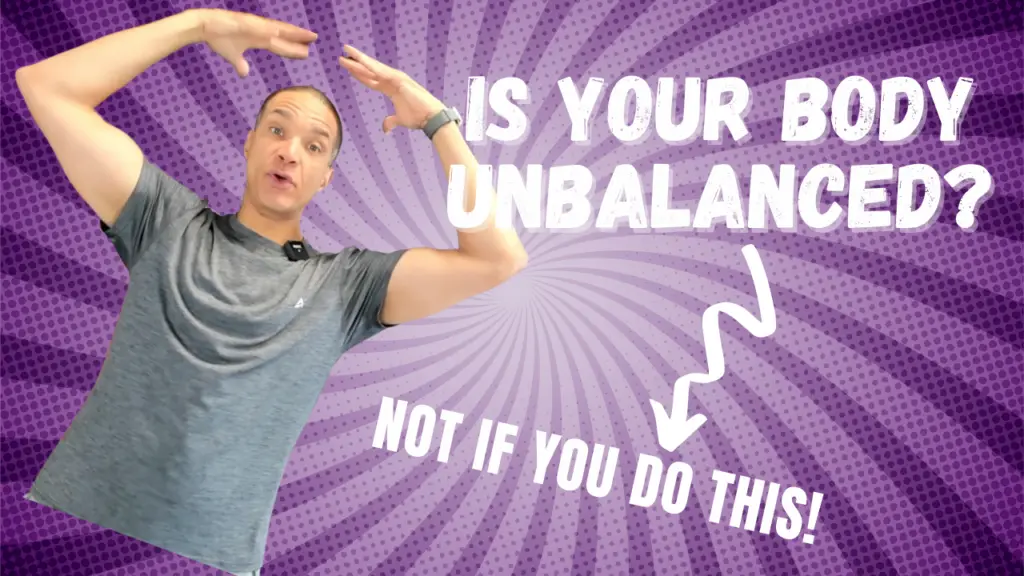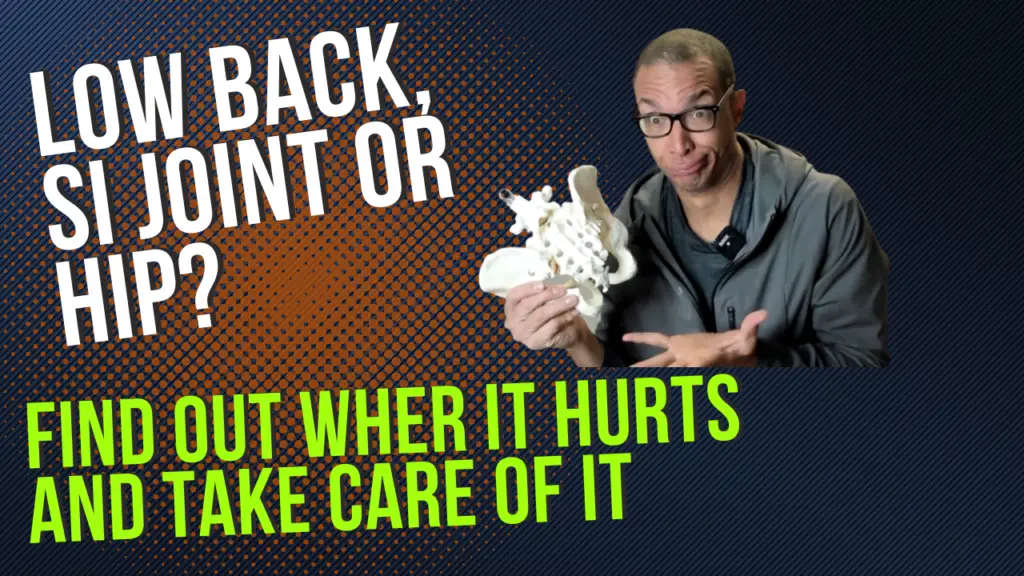
Everyone wants friends who will always be there for us. And we all hope to BE that kind of friend for others.
But can you do it for yourself?
Are you “there” for yourself like you are for others?
Even after you commit to healthy habits, sometimes things start to feel hard, and you might want to give up.
Instead, remember these steps to support yourself every day…
Commit to yourself — in writing – about consistently applying your best efforts toward a goal or new habit.
Stop insulting yourself. A little self-deprecating humor can be charming. But don’t undercut your talents or ambitions. Not to others, and not to yourself.
Forgive yourself. We all make mistakes, so learn what you can, try to not do it again – and move on. Isn’t that what you’d say to a friend? So why not say it to yourself?
Set boundaries with others. When we’re always trying to please people by accepting every request, we diminish our time and resources. Saying “no” isn’t selfish; it’s empowering.
Practice daily affirmations to celebrate little successes and keep your perspective in the face of challenges.
Finally, if all else fails, remember what flight attendants tell passengers at the start of every flight. If those air masks drop, get yours on right first before trying to help anybody else.
If you can’t support yourself, how can you be there for anyone else?
P.S. Having a good support system means that you are looked out for body, mind, and soul. You want to have a good relationship with the person or people helping you, but don’t be fooled that you are getting the program you need just because you are friends. Get into a program that focuses on the areas of your body other programs miss and a support system that cares for you and holds you to your goals. [Book a free consult] to learn more.
it’s not just working out, it’s building a foundation for a better life.
Find out more @


